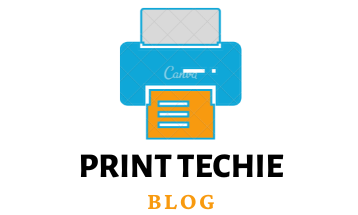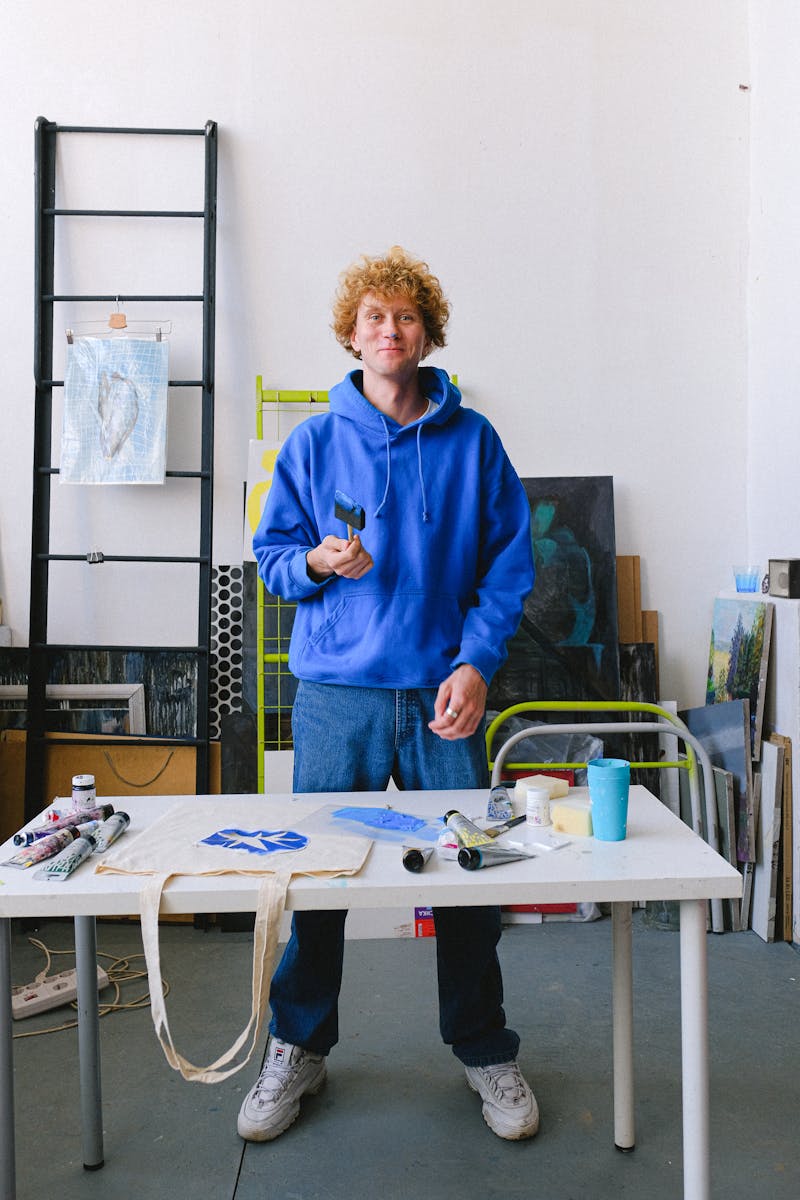Sublimation is an astonishing process in which a solid material turns into vapor without entering a liquid phase. When the temperature of this substance exceeds its sublimation point, it instantly converts from its original form to gas. It can be surprisingly done repeatedly on the same material – talk about efficiency. Sublimation layering is a process in which solid substances are heated until they become gas and cooled to return to their original state. This heating and cooling cycle can be repeated multiple times to achieve the desired result. By taking this course, you’ll understand how can you sublimate over Sublimation.
Can you sublimate over Sublimation?
Yes, Sublimation over Sublimation is achievable. Sublimation layering involves cycling a material through its gaseous and solid states by raising the temperature above its point of transition (sublimating) and then cooling it back down to a solid form before repeating. This creative technique can be used for distinctive effects on materials and in certain industrial applications.

Sublimate on the over-sublimation process- step by step:
Understanding the Fundamentals of Sublimation:
Before we enter the realm of Sublimation, you must have a good understanding of its basics. Sublimation happens when a solid material is heated to more than its predetermined temperature threshold – known as the sublimation point – causing it to convert into gas form. This method can create an array of items, from dry ice and dyes to other materials.
Preparing the Material:
All materials used in the sublimation process must be prepped beforehand. This can include fabrics, ceramics, and even metals. You’ll need a special transfer film to ensure that your design transfers properly to the material of choice. Sublimation dye will then adhere perfectly to this film-covered surface for perfect results every time.
Applying Transfer Film:
You’ll need to use the special transfer film to ensure a successful sublimation process. This helps the dye stick firmly to your fabric using a brush, roller, or heat press technique. The film ensures an even and consistent coating of color on your textile so that it looks exactly as desired.
Printing the Design:
After the material has been carefully crafted, it’s time to print your design onto transfer film. Sublimation dye printing is an ideal tool for this task and ensures that each intricate detail of your pattern or image will be printed precisely. From basic graphics, all the way to complex visuals – whatever you choose needs to come out clearly.
Choosing the Right Design:
Selecting the right design to print on your material is paramount for creating a desirable final product. Make sure that the pattern you choose matches both the medium and result and is clear and accurate. To get the best outcome, investing in high-quality artwork is essential.
Material Heating:
After the pattern has been printed onto the transfer film, it’s imperative to heat the material. To do this, lay down your transfer film on top of what needs to be heated and crank it until its temperature exceeds the dye’s sublimation point. This will cause a chemical change from solid into gas which then clings directly onto that surface.
Timing and temperature:
Heating the material to its optimal temperature and length is a must to ensure that the color change will occur seamlessly and be securely bonded.
Cooling and repeating the procedure:
After being heated, the material must be reduced to a solid form. To achieve this, simply let it cool or use a cooling device. When cooled completely, you can repeat the process of Sublimation multiple times on the same substance – allowing for complex patterns and designs to emerge.
Repeat for multiple layers :
By repeating the process, you can craft detailed structures with many layers. Add more designs to your transfer film and reiterate heating; every successive layer will bring extra intricacy to the outcome. This way, a stunning design is created in no time.
Finishing:
Once the sublimation over Sublimation in layers technique is completed, the finished product should be closely examined for defects or imperfections, and any necessary corrections can be made. Finally, your stunning creation will be ready to use or show off.
FAQs:
Can you sublimate over a sublimated mug?
Yes, Sublimation on a previously sublimated mug allows for intricate and layered designs. Place your new transfer film over the old design, then heat it yet again- each layer you add will raise the level of intricacy in your pattern.
Can you add a name to an already sublimated cup?
Yes, Sublimating any text into a cup is easy. All you need to do is print the desired message onto some transfer film and then apply it over the cup. After heating, your words will be embedded permanently. Whether you’re adding someone’s name or a cute phrase, this quick process ensures that your cups are given an extra special touch.
Can you layer Sublimation on a tumbler?
Absolutely. Through Sublimation, you can layer a tumbler with intricate details. All it takes is adding transfer film and the heat that helps transition dye from solid to gas. Every new layer will make your design even more elaborate and interesting.
How many times can the process of Sublimation over Sublimation be repeated?
Through repetitive sublimation processes, complex and intricate designs can be formed on the same material – a remarkable feat.
Is Sublimation over Sublimation a permanent process?
Sublimation is generally seen as lasting since the dye becomes embedded into the material and can no longer be detached.
How can I ensure the end product’s quality when utilizing Sublimation over Sublimation?
It is essential to guarantee top-notch results with sublimation printing by using only premium transfer film and dye while heating the material at the right temperature for an adequate amount of time. Additionally, it’s critical to check each product thoroughly before deployment or exhibition so that any corrections can be made in advance.
Sublimation is an exclusive procedure that can be used to create stunning, intricate materials. To utilize this technique correctly, you must understand the fundamentals of Sublimation and pre-prepare your material appropriately. In addition, the right design and equipment should be chosen before heating it to its needed temperature – which may need to repeat several times depending on the project. With a little practice and knowledge of this method, any designer will have no trouble crafting unique items from various materials.
Sublimation continues to be an ongoing venture, and you must verify the quality of your final product through inspection and possible corrections. With this process, you can create various designs on various materials and achieve ultimate success.

